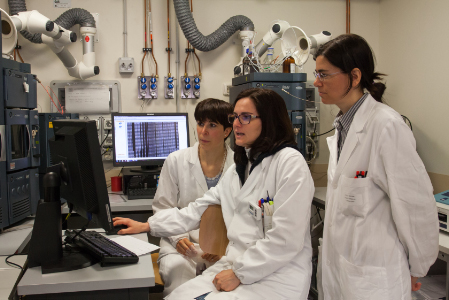Bonifacio, Massimiliano; Gianni, Binotto; Mario, Tiribelli; Elisabetta, Calistri; Elena, Maino; Roberta, Zanotti; Luca, Frison; Luciana, Marin; Renato, Fanin; Gianpietro, Semenzato; Giovanni, Pizzolo,
Imatinib-Treated CML Patients With Discordant Response Between Cytogenetic and Molecular Tests At 3 and 6 Month Timepoints Have a Reduced Probability Of Subsequent Optimal Response: A Study From The “Gruppo Triveneto LMC”
in «Blood»
vol. 122
American Society of Hematology
,
Proceedings of "ASH"
, New Orleans
, dicembre
,
2013
,
pp. 2732-2732








